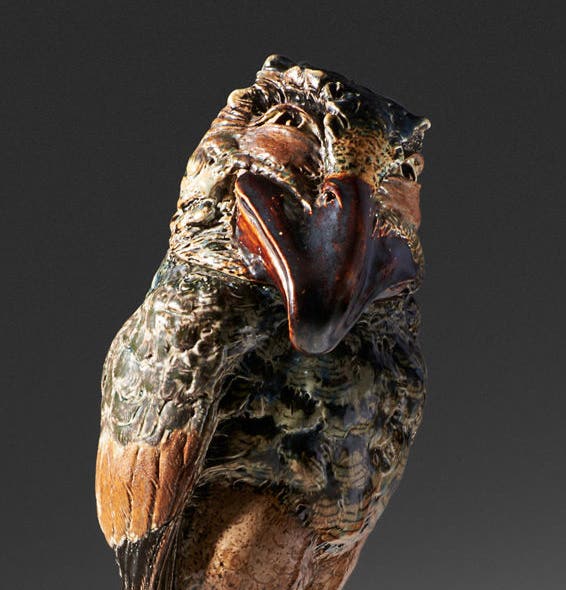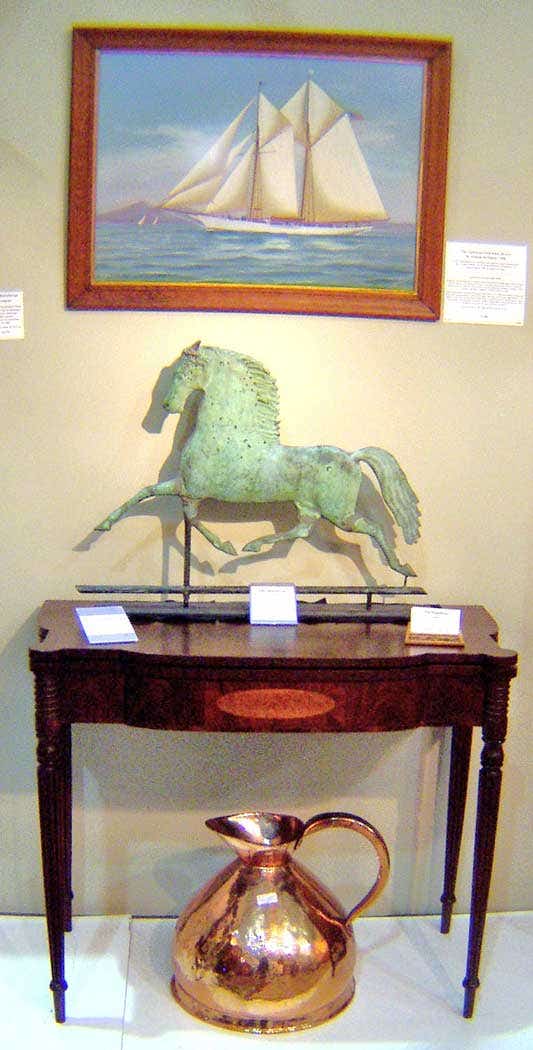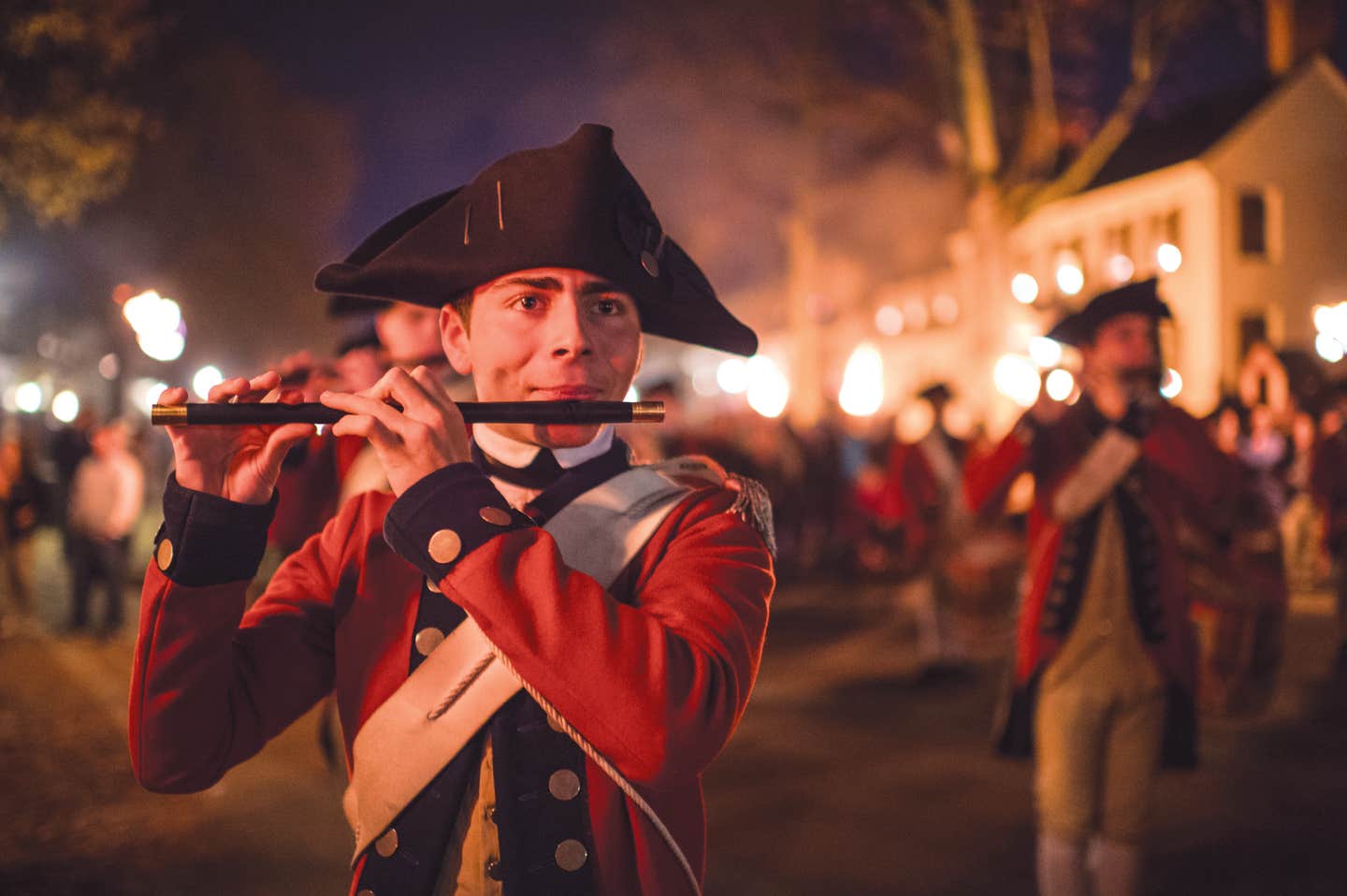Take a tour of historical passport collecting
Did you know the word ‘passport’ first appears within the lexicon in the late 15th century? Esteemed passport collecting authority, Tom Topol, shares this and other fascinating facts about passports, as well as helpful tips to begin collecting these special items of history.
By Tom Topol
Collecting historical passports is a most entertaining but at the same time also a most educational topic when it comes to ephemera. Passport collectors are a small but fine group of travel document collectors. In over 15 years I came in contact with more than 400 collectors around the globe.
The word “PASSPORT” came up firstly in the late 15th century (denoting authorization to enter or depart from a port): from French passport, from passer ‘to pass’ + port ‘seaport.’
At the end of the French Revolution, in late 17th century, someone needed a passport to LEAVE France and not to ENTER another country. Also, that time was the birth of a “modern” passport system, when passports where processed systematically.
Why does someone collect historical passports?
Well, the reasons might be various, but I can tell you my mine. I see historical (old) passports as some kind of art, as no travel document back then looked the same. Nowadays our modern, biometric passports are much standardized. The only significant difference is the Coat of Arms (CoA) on the cover and the color of your passport.
However, there are only four different main colors today.
Look at old passports back then. Different sizes and forms (of paper), the handwriting, colorful border stamps and visas and of course the passport picture, which was widely mandatory from 1914 on due to the Great War.
Evolution of Passports
The passport picture is roughly just 100 years old and in the beginning, they came in all forms,
motives and sizes. It just had to fit on your passport page. No passport picture rules at all in the early days which is quite entertaining as you can find some curious passport pictures today.
A passport then, in 18th century e.g. was a single page of often thin paper. Nobody was thinking of the durability of such a document, which was often several times folded and placed in a jacket or, if you could afford it, attached to a leather wallet.
Around 1860 the first passport booklets were made. I believe it was Germany who had the first booklets in 1863 as I never saw an earlier one. The League of Nations held then two “passport conferences” in 1920 and 1926. The later one had the aim to standardize the passport in form and content. However, I will take some decades more until this was finally archived by the International Civil Aviation Organization (ICAO).
What security features had a passport back then?
The single page, plain paper passport had in best case a watermark and a seal. Passport booklets then were more secure. Late 19th century documents had watermarks, seal, embossed printing and a color security thread. In mid 20th Century security features developed further with microprinting, fluorescing elements in the paper, fingerprint, and others. Nowadays modern electronic, biometric passports have 30-plus security features (visible and invisible).
I often get asked, “Is it legal to sell/buy and collect old passports?” The simple answer is yes – as long as the passports are obsolete! Even when most of the passports have a statement “This passport is the property of the issuing country,” passport collecting for historical and educational purposes is tolerated.
Spend Time on Research
I approached e.g. the German government and you can see their statement at passport-collector.com, also in 15+ years of researching this topic I never had nor heard of any obstacles from fellow collectors or in the news media.
eBay US e.g. has a policy on government documents which allows offering US passports that were issued more than 20 years prior to the date of the sale. I always wanted to discuss this definition with them but they were never willing to do so.
However, if you want to collect modern current passports make sure they are obsolete, canceled and marked in a way they can’t be used in any fraudulent manner.
Real old historical passports are not an issue at all concerning the legal matter. E.g. my archive/collection ends with documents from the 1970’s. My core focus is, by the way, Germany including East Germany. My extensive archive has now 700+ documents.
What to collect?
No matter how you want to start your passport collection I always address two key issues…
• Set your focus (unless you have deep pockets and can effort anything).
• QUALITY before QUANTITY!
To build up a solid passport collection you need to invest and if you follow my two basic rules you collection should gain value over the time. With QUALITY I mean historical significant travel documents related to specific events or passports from notable persons, rare and defunct countries, and territories. The British Empire e.g. is very rich on passport types and variations and includes some really rare passports. The Tanganyika Territory passport is such an example. I bet you never heard about it.
Well, it was once British Empire.
Early United States passports are very rare to find considering the USA are only 241 years young. Passports issued before 1830 are difficult to find and 18th Century US passports are most difficult to spot today.
What makes a passport valuable?
Collectors like traveled documents with plenty of entries, a document should be always complete otherwise the condition can vary. I would always prefer to spend on a historically significant document in rather bad condition than on an ordinary document in top shape without entries. YOU, alone define the scope of your collection.
Where to find old passports?
Your local flea market might be a good source as well as your neighbours garage sale. Online, eBay is, of course, the platform as mentioned earlier, but also classic auction houses, which would then offer rather the better quality at higher prices.
As there are not so many books on passport history available you also can find several guidelines and book references at my website [passport-collector.com].
About the guest contributor: Tom Topol is a member of the Ephemera Society in UK & USA and a well-recognized expert on passports & their history with several publications (see reference list online), consulting collectors, foundations, museums and news media agencies on this topic. His website Passport-collector.com is a goldmine of information on historic and important travel documents. Tom also covers current news on passports, visas, border security and security printing via https://twitter.com/letpassordie.








